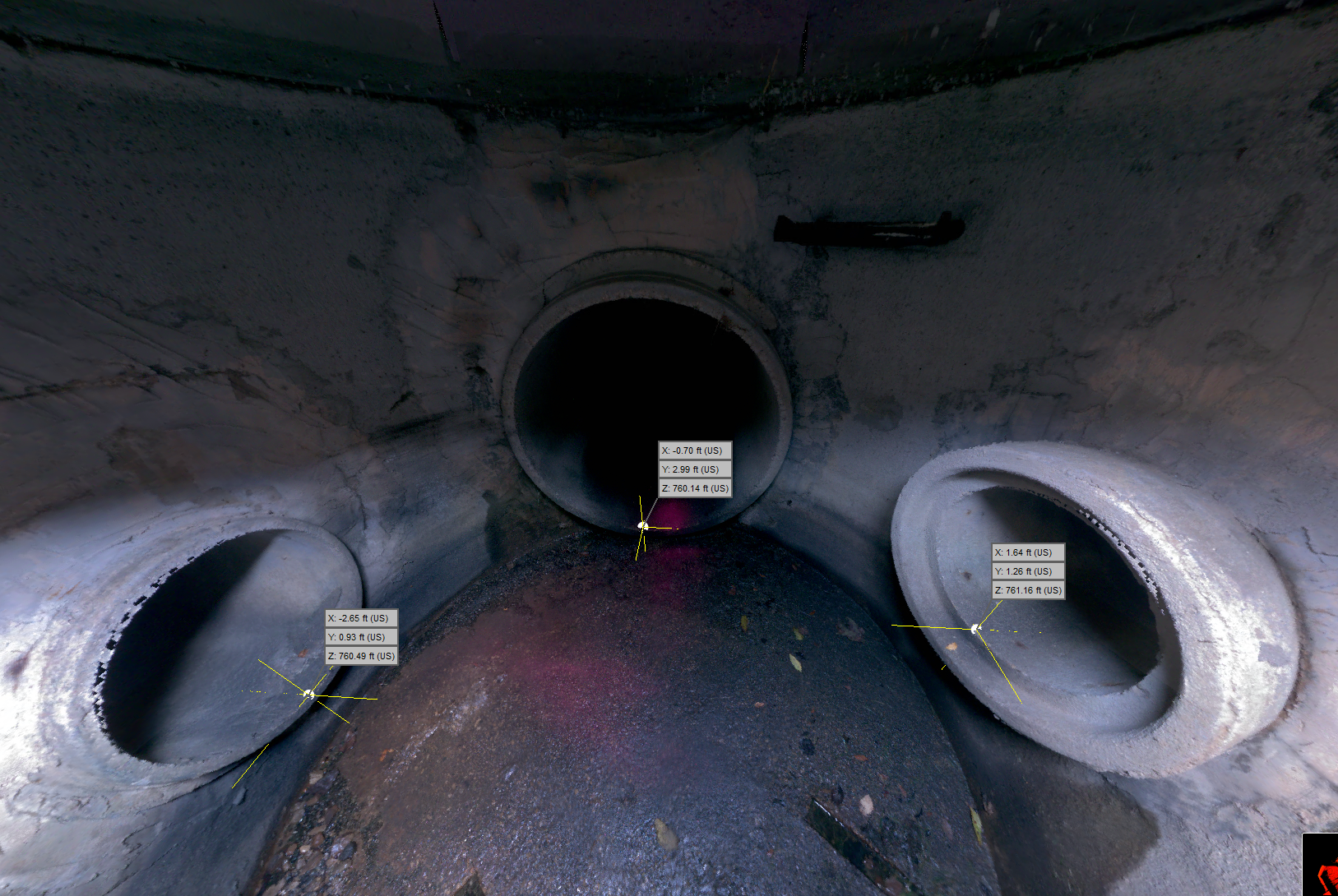When is it a good idea to think about raising rates for a utility? Whether it’s a water, electric, sanitary sewer, storm water, or transportation utility, rate increases are required to keep the utility a going concern. If the utility meets one or more of the following, then it’s time to think about a rate increase:
Low or negative cash flow. If a utility needs to dip into cash reserves on a regular basis, then it’s only a matter of time before the utility will hit a cash shortage.
Low or negative net income. Some utilities think they’re okay as long as cash flow is positive. However, with low or negative net income, that probably means they’re not investing enough in capital projects, since revenue from depreciation is typically used to fund these projects.
Large capital projects need to be done soon. Whether the projects are debt financed or cash financed, more revenue will likely be needed to cover the increased expense.
Shrinking revenue. If revenue is shrinking from more efficient appliances or a large user closing shop, then a rate increase may be merited.
Rising operating expenses. Inflation has pushed up many costs, including fuel, chemicals, and perhaps most importantly, labor. These costs may need to be paid for with higher rates.
Utilities can avoid rate shocking customers by raising rates more regularly. Local politicians seek to avoid raising rates to protect their constituencies, but financial needs grow for utilities, and eventually, the music must be faced. It’s a lot less painful for customers if rates are raised more often because the increases can be much smaller each time.
Let’s say a utility needs to raise its rates by 22 percent over the next 5 years. It can do so suddenly with a 22 percent hike in one year, or it can raise rate by 4 percent each year. (In the second approach, compounding enables the utility to get to 22 percent after 5 years.) This gradual approach especially helps customers who live on fixed incomes, and it is easier for all customers to budget for.
If the utility is a water or electric utility, it is a good idea to start the process sooner rather than later. The Public Service Commission of Wisconsin regulates rates for these utilities, and the application process for rate increases can take at least the better part of a year. Here are best practices for water and municipal electric rate cases.
R/M Can Help!
If you’re not sure whether your utility needs a rate increase, or you need help with determining how much the rate increase should be, please contract an expert at R/M today.
about the author
Bridgot
economic consultant
Bridgot has a diverse background in utility regulation, including 16 years of experience in municipal and investor-owned utility regulation in energy, gas, water, and sewer utilities. Bridgot developed the revenue requirement for a majority of the water rate cases regulated in Wisconsin and served as the lead auditor for several of the most complex investor-owned cases involving electric, gas, and water utilities. At R/M, Bridgot works to find financial and management solutions for public utilities.

















